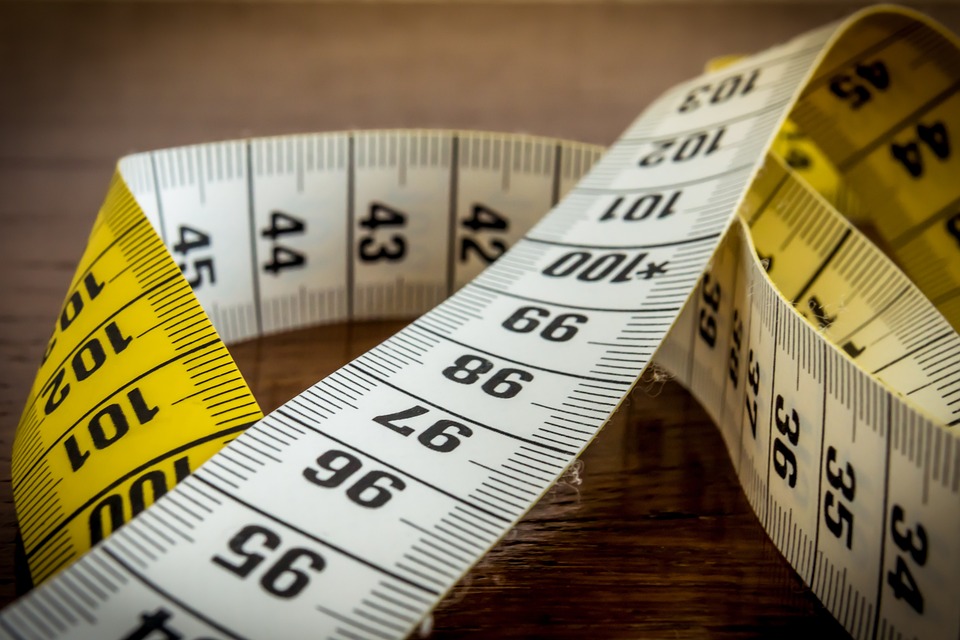If you’re a beginner when it comes to sewing, you may have heard the term “bias tape” but aren’t quite sure what it is or how to use it. Bias tape is an essential tool in sewing, and once you understand its purpose and how to incorporate it into your projects, you’ll wonder how you ever managed without it.
So, what exactly is bias tape? Bias tape is a narrow strip of fabric that is cut on the bias, or at a 45-degree angle to the fabric’s grain. This allows the tape to have some stretch and flexibility, making it perfect for finishing raw edges, creating neat hems, and adding a decorative touch to your sewing projects.
There are two types of bias tape: single-fold and double-fold. Single-fold bias tape is folded in half and used to encase raw edges, while double-fold bias tape is folded in on both sides and can be used to bind edges or create a narrow hem.
So, how do you go about incorporating bias tape into your sewing projects? Here’s a beginner’s guide to using bias tape effectively.
First, you’ll need to choose the right bias tape for your project. Bias tape comes in a variety of widths and colors, so make sure to select the appropriate size and color to complement your fabric.
Next, you’ll want to prepare your fabric and bias tape. If you’re using single-fold bias tape to encase raw edges, simply open the bias tape and line up the raw edge of your fabric with the center fold of the bias tape. Pin the tape in place and stitch along the edge of the bias tape, making sure to catch both the front and back of the tape.
If you’re using double-fold bias tape to bind edges or create a narrow hem, first open the bias tape and pin it to the right side of your fabric, aligning the raw edges. Stitch along the first crease of the bias tape, then fold the bias tape over to the wrong side of the fabric, enclosing the raw edge. Pin in place and stitch along the folded edge of the tape.
Once you’ve stitched the bias tape in place, press it with an iron to ensure a neat and tidy finish. You can also topstitch along the edge of the bias tape for added durability and a professional look.
Bias tape can also be used to add a decorative touch to your projects. Try using a contrasting color or pattern of bias tape to add interest to a neckline, hem, or sleeve edge.
With a little practice, incorporating bias tape into your sewing projects will become second nature. It’s a versatile tool that can elevate the look of your garments and add a polished finish to your handmade creations.
So, don’t be intimidated by bias tape any longer. Armed with this beginner’s guide, you’ll be well on your way to mastering this essential sewing tool and taking your sewing skills to the next level.

